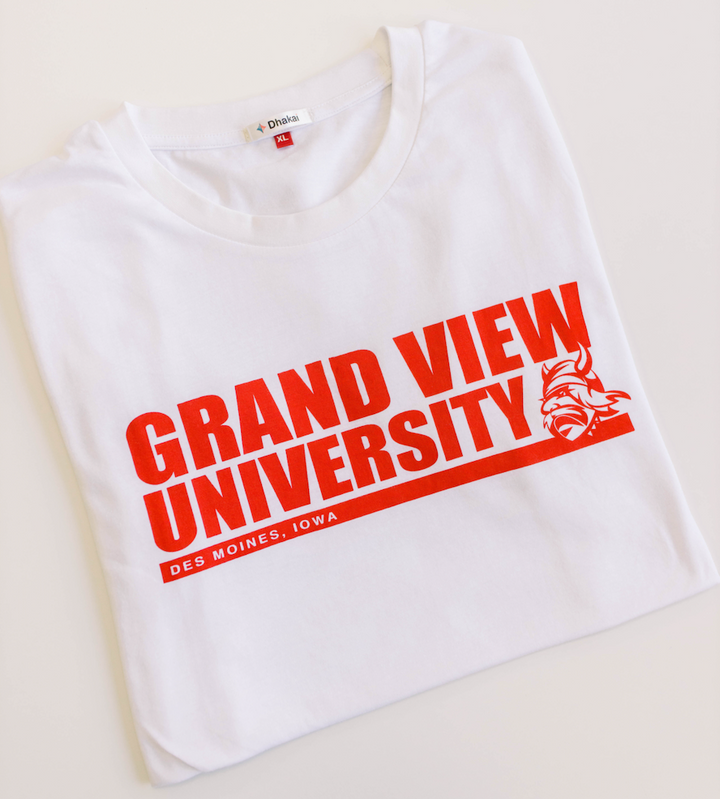Why Diversification in the Supply Chain is Essential
Diversity in the supply chain goes beyond improving a company’s image - read on to learn the importance of supply chain diversity and how to connect with diverse suppliers.

The benefits of building a diverse supply chain are undeniable. A diverse supply chain pays off in many ways, such as aiding businesses in remaining resilient through economic changes, as well as showcasing a company’s commitment to supporting the economic growth of the communities they produce in. But to better understand why diverse supply chains are beneficial, it is important to acknowledge the current industry climate.
The COVID-19 pandemic essentially flipped global trading and supply chain systems upside down. According to the Business and Human Rights Resource Centre, retailers and brands canceled $1.5 billion worth of clothing orders in Bangladesh alone. Operating costs for both manufacturers and brands had to be reduced tremendously or altogether. On top of this, governments negotiated trade tariffs making it financially challenging for businesses of all sizes to manage.
If the year 2020 has taught us anything, it is that the global ecosystem is unpredictable. As we slowly approach the post-pandemic, businesses must develop strategies to avoid economic adversity. Establishing resiliency in a company through a diverse supply chain is a way to protect a business from unexpected changes in the economy.
The Importance of Knowing Your Supply Chain
In 2020, the unethical social and environmental practices of many big retailers were revealed. This learned knowledge only intensified the emerging era of conscious consumerism. In this movement, consumers demand transparency and want to know the ins and outs of a retailer’s supply chain before purchasing. It is becoming more common for consumers to hold their favorite brands accountable and if they advertise sustainability, diversity or ethics – they better have the evidence to prove it.
The Fashion Transparency Index created by Fashion Revolution studied 250 of the world’s largest brands and retailers and ranked them based on how transparent they were about their practices. The 2020 study found a lack of transparency regarding social and environmental issues among most brands and retailers, with 54% of them scoring an average of 20% on the transparency scale. The study also found that there is a lack of transparency in the supply chains of most brands and retailers, with 40% of them reporting their first-tier suppliers, 24% of them reporting their processing facilities and only 7% of them reporting their raw material suppliers.
While transparency does not equate to sustainability or excellence, it holds brands accountable and gives consumers a choice to shop ethically.
Geographically Diverse Supply Chains
When it comes to the infrastructure of a diverse supply chain, it is crucial to consider the supplier’s geographical region. Having multiple supply chains in different countries is beneficial in times of economic hardships and uncertainty. For instance, the current trade war between China, the largest exporter in the world, against the U.S. is a situation where multiple supply chains would be beneficial for a business to transition their product quickly to maintain the same timelines.
According to the Institute for Security and Development Policy, the trade war began in 2018 after long-standing trade friction between the U.S. and China. As a result of the trade war, tariffs on imported products increased significantly.
PIIE data shows that the average U.S. tariffs increased from 3.8% to 12.0%, while China’s average tariffs increased from 7.2% to 18.3% since the start of the trade war. The data also found that the increase in tariffs is more than six times higher than the figures prior to the trade war. Although tensions have eased between the two countries, the sharp tariff increases remain and affect businesses today.
Manufacturing locations in different countries is also beneficial in terms of shipping costs. A business with an international reach will not have to worry about sending their customer products from another country, saving time and money. Having a supply chain in different parts of the world ensures that the customer will receive the same high-quality product without paying extra money for delivery from another country.
Socially Diverse Supply Chains
Social diversity in the supply chain allows people from all backgrounds regardless of race, ethnicity, religious beliefs, gender, sexual orientation or socioeconomic status to receive equal employment opportunities and work in an inclusive and comfortable environment.
But there is a difference between social diversity in the supply chain and a diverse supplier. According to an article by the Harvard Business Review, a diverse supplier is a business that is at least 51% owned and operated by an underrepresented or underserved individual or group.
Diverse suppliers go beyond improving a company’s image. While that is a benefit of working with them, diverse suppliers are known to bring strong results to promote competition within the industry, potentially cutting costs. Since they’re typically smaller, diverse suppliers are also more agile and adaptable to change than their larger counterparts.
How to Start Building a Diverse Supply Chain
The pressing question is how does one diversify their supply chain? As much as having a diverse supply chain is good for business, it is often challenging to find a place to start.
According to Jaggaer, a digital procurement company, supplier diversity starts from within. Taking a step back to assess the organization’s culture and learning what value supplier diversity can bring to the company is a great place to start.
Next, creating a well-formulated plan is necessary for business owners wanting to diversify the supply chain. Build a solid business case for why a diverse supply chain is beneficial to implement in the company. A business case visualizes the costs and risks of changing the current supply chain. It also predicts the potential gains and benefits of implementing a new supply chain with added diverse suppliers.
Finding diverse suppliers can be a challenging process for companies. According to the 2019 Supplier Diversity data from The Hackett Group, 40% of sourcing teams could not easily identify categories of diverse suppliers using their internal sourcing tools.
That is why at Dhakai, we have built the apparel industry's most streamlined approach to accessing verified manufacturing. Through our platform, apparel brands can browse through a diverse catalog of manufacturers, analyze their level of ethics, sustainability, compliance and even take a digital tour in order to make the decision best for their business.
To learn more about how Dhakai’s can connect your brand to diverse suppliers, sign up for free at www.dhakai.com and instantly connect with global manufacturers.




